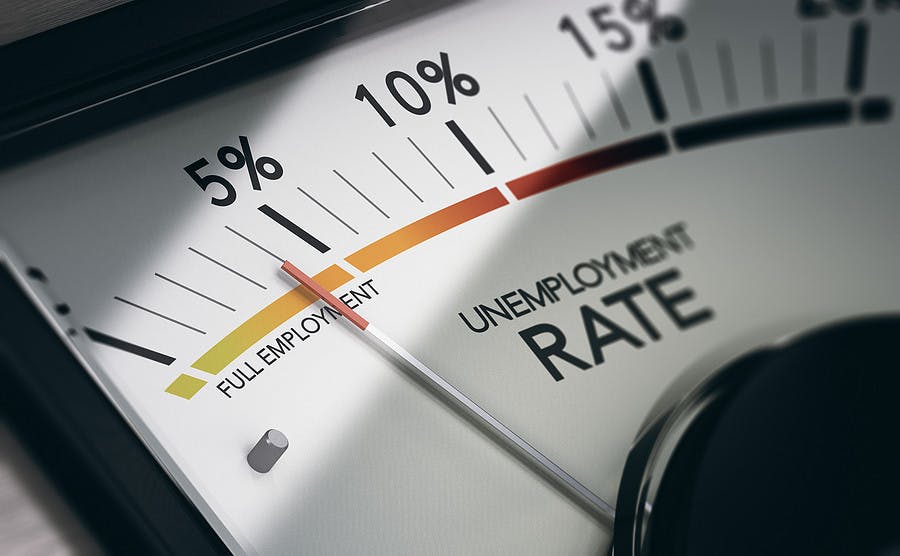With over 10 million jobs open and employers everywhere struggling to fill jobs, a glimmer of hope has been an increase in the labor force participation rate. There are 2.4 million fewer people in the labor force than there were before Covid started. They’ve stayed away from rejoining the labor force for many reasons: fear of the virus, lack of childcare, stimulus payments that disincentivize work, etc.
But many factors suggest that these workers may never return.
Increase in Self-Employment
Over 38 million workers quit their jobs during 2021, 4.2 million in October alone. Many of them are not going to other employers; they’re starting their own businesses.
The proportion of the workforce considered self-employed has risen to the highest level in over a decade, representing about 6% of the workforce. The number of self-employed workers has increased by over 700,000 since February 2020, when Covid started, to a total of 9.6 million. Meanwhile, 4.5 million applications were filed for new businesses through November of this year — the largest number ever recorded.
For instance, Etsy reported that during the past year it gained over a million new sellers that cited Covid as the reason for starting their own business. And surveys by Upwork indicate that half of workers from Gen Z (born between 1997 and 2012) are starting their careers as freelancers.
Riding Off Into the Sunset
With the population aging, as birth rates dropped and immigration was reduced, many older workers were remaining longer in the workforce. At the same time, the proportion of the workforce that was 65 and older had been rising steadily for over a decade.
That ended when Covid started. Over 600,000 people in that age group have died because of Covid. For people aged 65, life expectancy dropped to 18.8 years, from 19.6 years in 2019. That has convinced many to leave the workforce permanently. As of August 2021, there were over 2.4 million excess retirements due to Covid.
An Abundance of Riches
Covid did have some upsides. Notably, it produced rising asset values, such as for housing and stocks. Even before Covid, Americans had never been better prepared for retirement — the average retirement savings of people over age 55 is about $450K. By the time they become eligible for Social Security benefits, over 90% can expect to receive an income that is more than half of what they made before retiring.
Economic theory shows that as people get richer, their incentives to work decrease. For someone close to retirement, the combination of increased wealth and higher health risks is the perfect combination of reasons to quit working and stay away to enjoy their golden years.
There may be few workers sitting on the sidelines waiting to jump back into the workforce, but most may be gone for good. Some of those that have started their own businesses will return to work for employers, but many may choose to stay self-employed, prizing flexibility over stability.
About 9 million workers have relocated since the start of Covid, many to low-cost locales, which also allows them to live on lower earnings and for many couples to get by on one income.
Put it all together, and it suggests that the slack in the labor market: The 2.4 million fewer people may be an illusion. The real number may be far smaller. That is, the labor market is already close to full employment.
That’s bad news for employers. If true, then recruiters will struggle to fill jobs for the foreseeable future and wages will continue to surge as employers engage in bidding wars for available talent.
